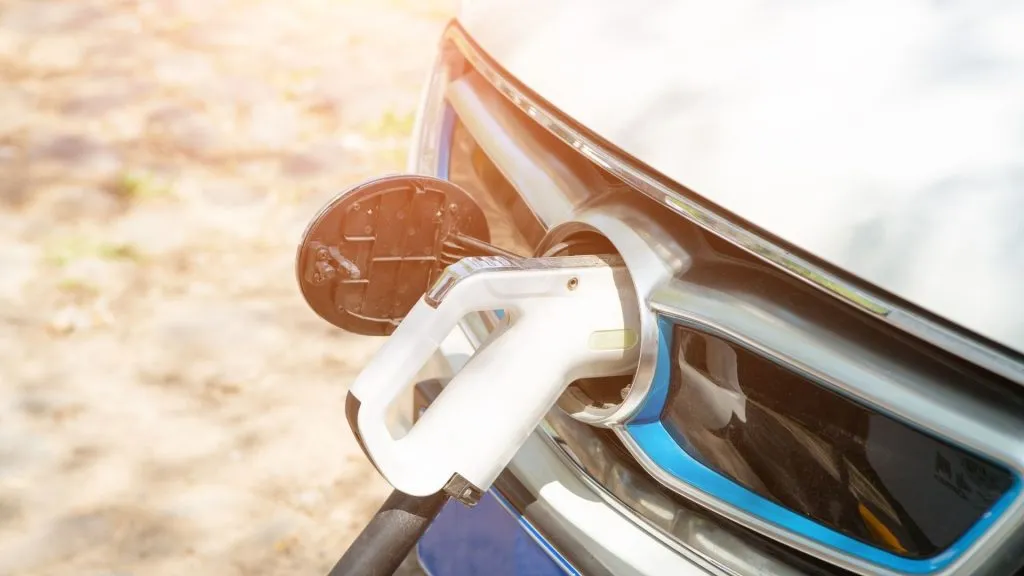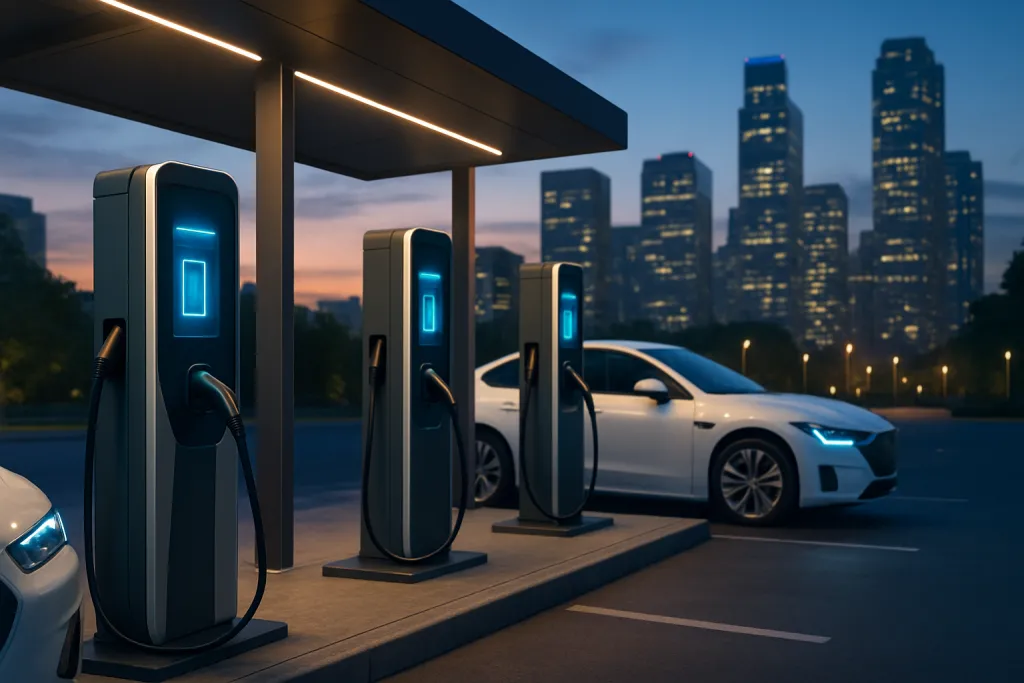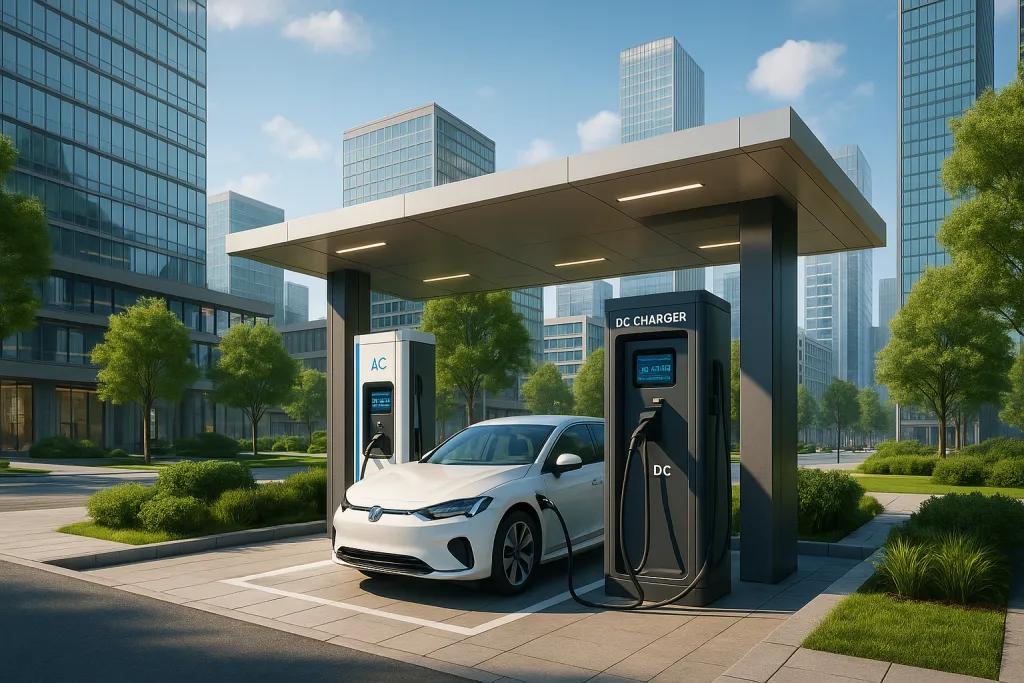As electric vehicles (EVs) continue to revolutionize transportation, one of their most innovative features – the ability to discharge power – is gaining significant attention. This comprehensive guide explores how modern EVs can serve as mobile power stations, examining various discharge capabilities from basic USB ports to advanced Vehicle-to-Load (V2L) technology.
Understanding EV Power Output Options
Modern electric vehicles offer multiple power output solutions, ranging from basic charging ports to sophisticated bi-directional charging systems. The most common options include USB ports (10W), 12V power outlets (120W), and advanced V2L systems capable of delivering up to 15kW of power.
V2L Technology: The Future of Mobile Power
Vehicle-to-Load (V2L) technology represents a significant advancement in EV functionality, enabling vehicles to serve as mobile power stations. Leading manufacturers like BYD have implemented comprehensive discharge systems supporting multiple modes, including in-car power (2kW), external power supply (3.5kW), and vehicle-to-vehicle charging (7kW).
Innovative Solutions for Older EV Models
While newer EVs come equipped with built-in V2L capabilities, older models can still access discharge functionality through aftermarket solutions. However, users should exercise caution with third-party discharge devices, as they may not meet safety standards established by vehicle manufacturers.
Safety and Future Developments
The industry continues to evolve, with companies like NIO introducing integrated charging and discharging units that prioritize safety and compatibility. These developments suggest a future where EVs will play an increasingly important role in mobile power distribution and emergency power supply.


